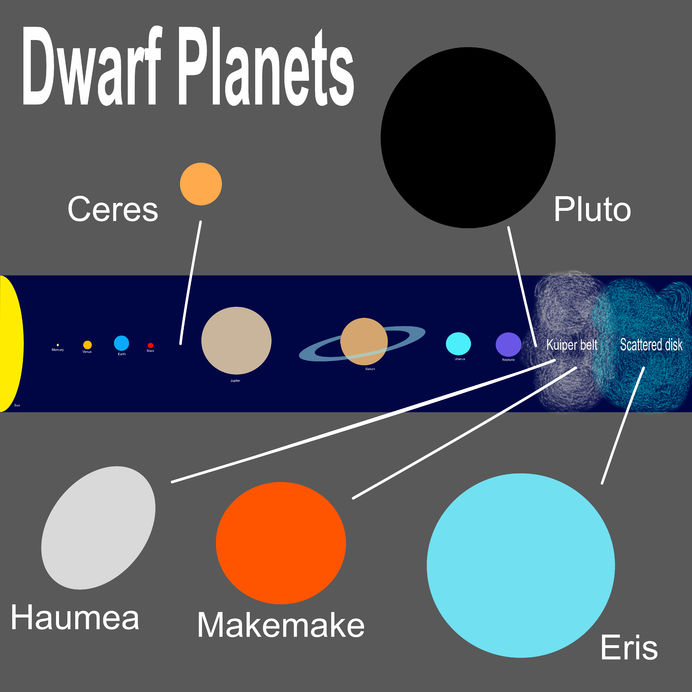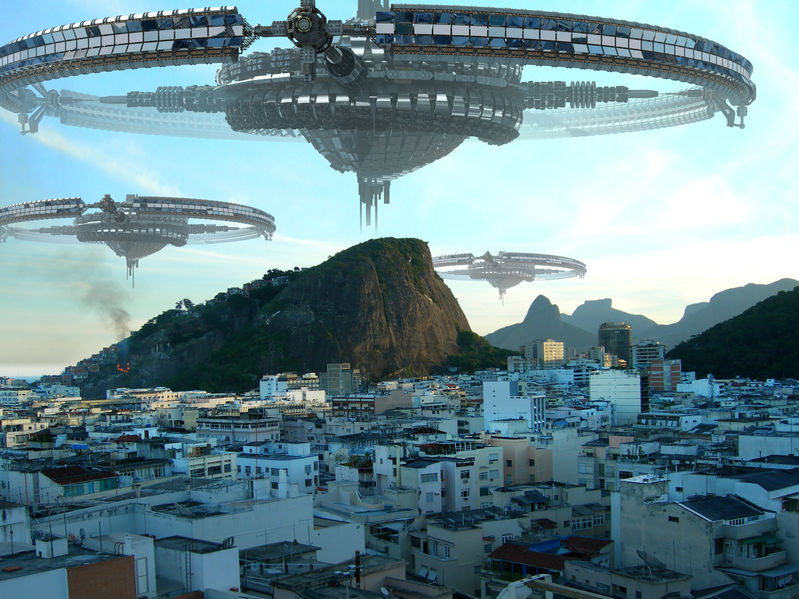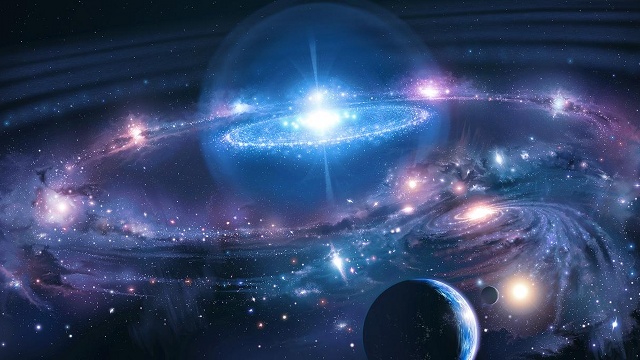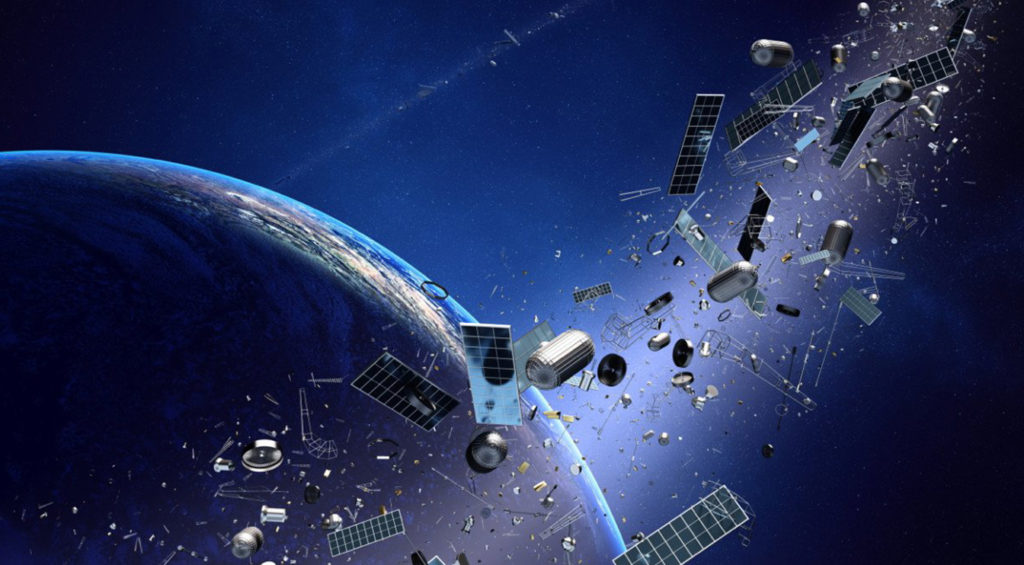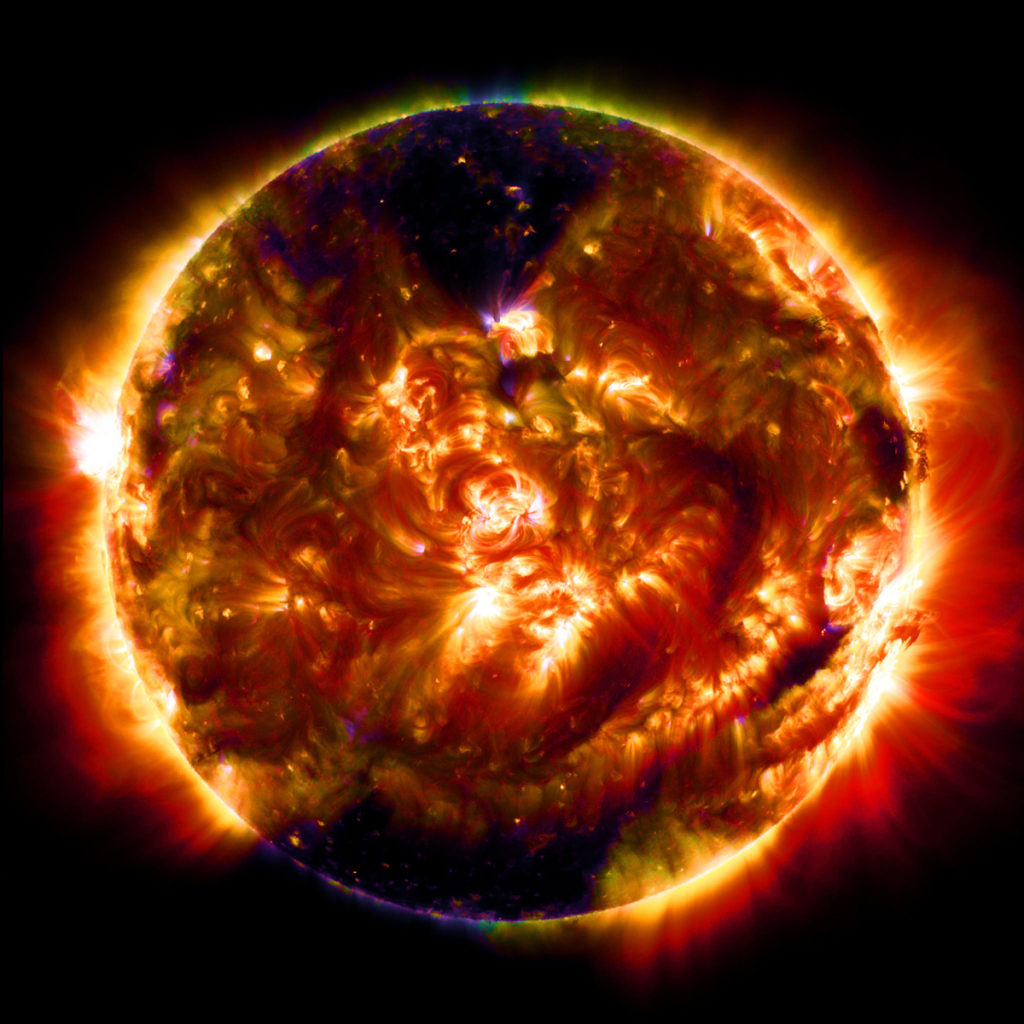A dwarf planet is a small celestial body that orbits the Sun, possesses enough mass to assume a nearly round shape, but hasn’t cleared its orbital neighborhood of debris. Unlike the eight classical planets, dwarf planets lack orbital dominance. Pluto, the prototypical dwarf planet, was once considered a planet before the adoption of the “dwarf” concept in 2006. Other recognized dwarf planets include Ceres, Eris, Haumea, Makemake, and Quaoar. As missions like Dawn (to Ceres) and New Horizons (to Pluto) have shown, these fascinating worlds can be geologically active. While some astronomers include additional smaller bodies, the consensus centers around these key dwarf planets. Their study provides valuable insights into planetary formation and evolution.
Meet The Dwarf Planets Of The Solar System
Pluto is not considered a planet anymore! The little planet has been demoted, but do note that it has a new tag. It is now known as a dwarf planet. It may be smaller than all the planets, but it is the largest dwarf planet. Pluto has all the characteristics of a planet, i.e., it is round. It also travels around the sun, but there are certain characteristics that make it a dwarf planet, which we are going to discuss next. Since Pluto has become a dwarf planet, we thought of dedicating the post to the former planet.
Why is Pluto not considered a planet?
There are three criteria for being a planet.
- It must orbit the sun.
- It must clear the neighborhood, which means that it’s orbit should be clear and not filled with other asteroids.
- It must be round.
Well, Pluto is round, and it does orbit the sun. However, it has not cleared the neighborhood. Pluto’s orbit is filled with asteroids and comets. The planet got demoted, but it is still enjoying other benefits. Pluto shares the name with four others, and we shall mention them for you.

Ceres: Ceres would be a planet, but it was because of Jupiter that it did not become a full-fledged planet. It is on the asteroid belt between Mars and Jupiter. Since Jupiter had a strong magnetic field, it did not let poor Ceres become a planet. It is basically an asteroid, but since it is a big asteroid, it is considered to be a dwarf planet.
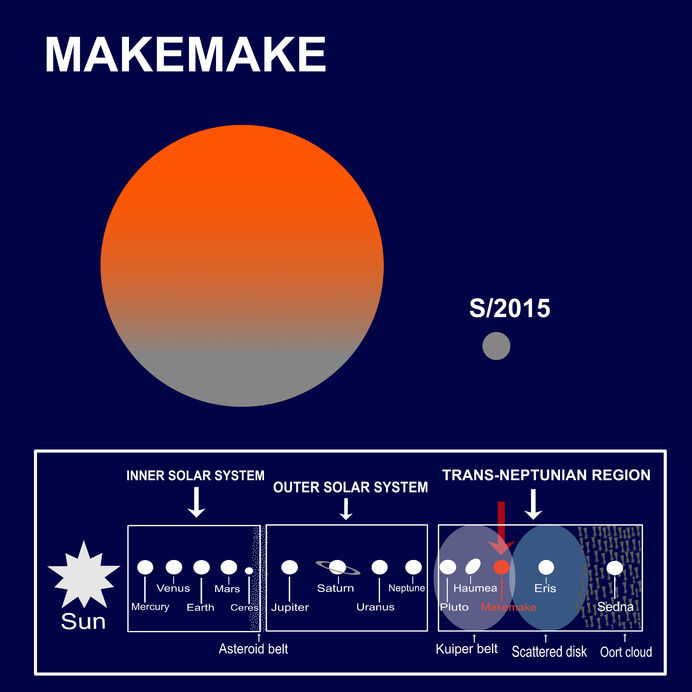
Makemake: It is the third-largest dwarf planet, and it was discovered in 2005. Makemake and Pluto are the brightest objects. It is in the outer solar system.
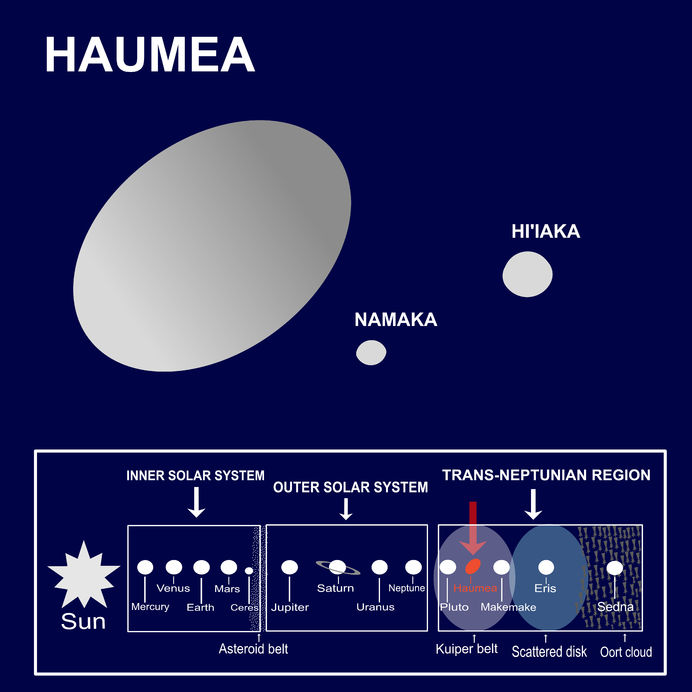
Haumea: It was named a dwarf planet in 2008. It was discovered in 2004. It has a unique, elongated shape. Haumea has two moons: Namaka and Hi’iaka.

Eris: Eris was discovered in 2005. It is the second-largest dwarf and comes right behind the mighty Pluto. It was referred to as the tenth planet but did not get the reputation and was reclassified in the year 2006.
What is the difference between dwarf planets and other planets?
The dwarf planets are similar to the planets, but they are smaller in size. Like the planets, they are round and orbit the sun, but their neighborhood is not clear. By clearing the neighborhood, it means that the planet should not bump into other objects. It should sling away or consume the smaller objects around it.
Since Pluto does not have a clear neighborhood, it will have to be called a dwarf planet. The size of Pluto has been decreasing ever since it was found. However, Pluto is leading in terms of size in the list of dwarf planets. It is the largest of all the dwarf planets. Most scientists still consider it a planet, but due to reclassification, poor Pluto would not be able to enjoy the reputation of a planet.

